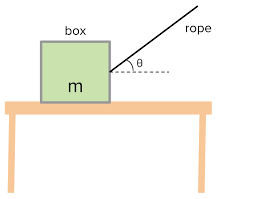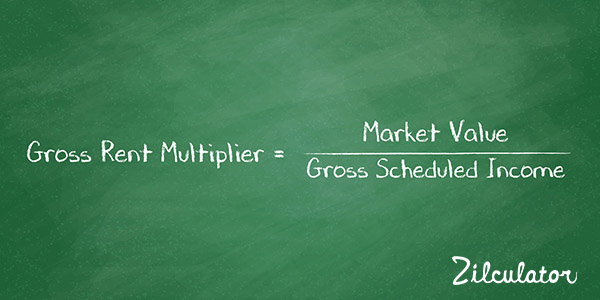How to Calculate Step-Up in Basis at Death

Introduction
When someone passes away, the tax implications of their estate on their heirs and beneficiaries can be quite complex. One element that arises in the estate’s taxation process is the “step-up in basis,” which can significantly impact the taxes due on inherited assets. Understanding how to calculate this step-up in basis upon death is essential for estate planning and tax compliance purposes.
What is Step-Up in Basis?
The step-up in basis refers to the reassessment of an asset’s value when it’s transferred from a deceased individual to their heir or beneficiary. Essentially, it takes the original cost basis of an asset (what the decedent paid for it) and “steps up” or increases it to the fair market value at the time of death. This adjustment typically results in a lower capital gains tax burden when the asset is later sold by the heir since gains are calculated using this new, higher cost basis.
Calculating Step-Up in Basis at Death
To accurately determine how to calculate a step-up in basis at death, it’s important to follow these steps:
1. Determine the Date of Death: The date of death is crucial for setting new cost basis as it’ll be using this date for valuing assets. Check vital records or consult relevant documentation to determine this date.
2. Gather Information on Assets: Compile a list of all assets acquired by the deceased person over their lifetime, including stocks, bonds, real estate, and other investments.
3. Find Original Cost Basis: For each asset on your list, find out what its original cost basis was. This information may be available through previous tax returns, brokerage records, or other documentation provided by decedent.
4. Determine Fair Market Value at Death: Upon obtaining the original cost basis for each asset, determine its fair market value (FMV) as of decedent’s date of death. The most precise way to ascertain FMV is to consult a professional appraiser or use an online valuation tool, depending on the asset type.
5. Calculate Step-Up in Basis: Subtract the original cost basis from the FMV to determine the increase (or step-up) in basis. For each asset, this new basis becomes the baseline for calculating future capital gains taxes when selling those assets.
Example:
Original cost basis of a property: $100,000
Fair market value at death: $200,000
Step-Up in basis = $200,000 (FMV) – $100,000 (Original cost basis)
Step-Up in basis = $100,000
The new cost basis for the property is now $200,000.
Conclusion
Understanding and calculating the step-up in basis at death is crucial to minimize tax burdens and ensure accurate tax compliance for heirs and beneficiaries. By following these steps and consulting with professionals as needed, one can efficiently navigate this aspect of estate planning and asset management.






